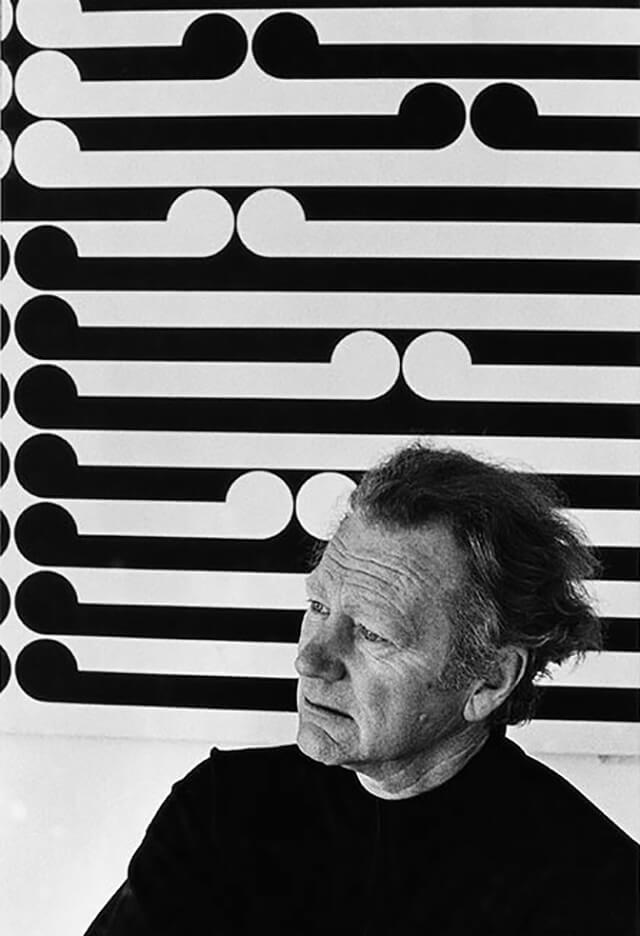
Len Lye, artist and sculptor
Len Lye (1901-1980) was a pioneer of kinetic sculpture and experimental filmmaking and one of New Zealand’s most renowned modernist artists.
Always fascinated by light, colour and movement, Len stood out from his peers with his interest in drawing from life and in capturing the energy of his subject. It was whilst walking in Wellington that Len came to one of his most formative insights—if there was such a thing as composing music, there could be such a thing as composing motion.
In London in the late 1920s Len developed new filmmaking techniques and was one of the first to make movies by drawing and scratching designs directly on to film. This inspired method gave new meaning to animation. In 1944 he moved to New York where he contributed to experimental filmmaking and influenced the abstract expressionists and avant-garde animators for more than 50 years.
In 1992 he was posthumously included in ‘Territorium Artis’ at the National Museum of Modern Art in Bonn, Germany. Here he was placed alongside Picasso, Duchamp and Brancusi as one of the 100 great artists of the 20th century.
Lye wanted to build giant versions of his sculptures in open landscapes, to 'pay homage to the energies of nature', leaving detailed plans. Today, the Len Lye Foundation is building those works in New Zealand. Wellington is proud to have Lye’s ‘Water Whirler’ on the foreshore of Frank Kitts Park and the College of Creative Arts is honoured to have Len Lye as one of its earliest alumni.
More Art stories

Art
E. Mervyn Taylor
Mervyn dedicated his life to being both an artist and a communicator; bringing art close to people. He was of a generation that wanted to cast off colonialism and discover a way to see the world and interpret its character from a South Pacific perspective.

Art
Gordon Walters
Gordon’s iconic, and at times controversial, contribution to New Zealand culture is largely due to his synthesis of Māori and European symbols through geometric abstraction.

Art
Guy Ngan
Guy Ngan is described as one of New Zealand’s most prolific artists, with many large-scale public artworks located throughout the country.